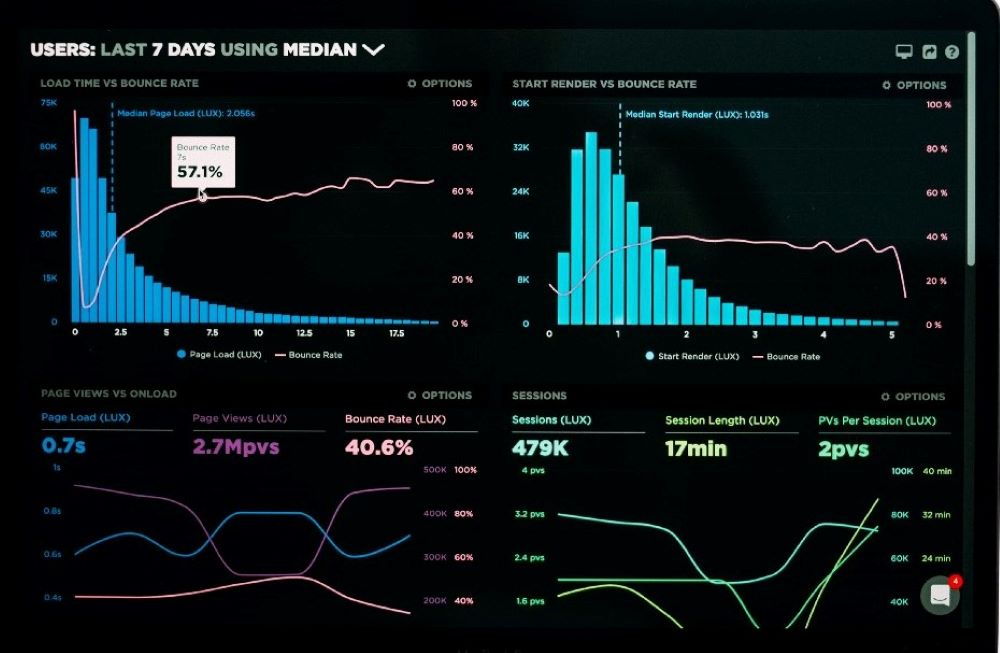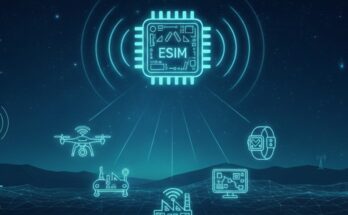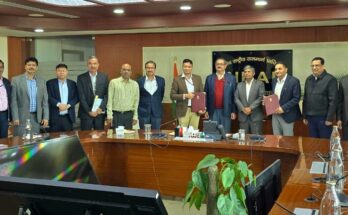Written By- Jayajit Dash
Data is the new oil- we all know. But have we fathomed how the same data can power governments to deliver to citizens? Today, engagement on the digital is shaping the future contours of the government-citizen interface. In this context, data is emerging as the fulcrum of the governance lever that works ceaselessly to connect more and serve better.
While governments had begun to grasp the import of data and analytics, it took the Covid pandemic to onboard the message deeper. As the Novel coronavirus spread beyond borders, many national and local governments realized how they could tap data to the granular level to manage the pandemic efficiently. They designed intuitive dashboards that not only aggregated data but were armed with predictive analytics to prepare governments for surge in infections.
The role of visualization and analytics, however, is not limited to pandemic management only. Any government at any level of hierarchy needs a 360-degree view of the status and performance of a citizen-centric scheme. This is where a seamless, interoperable, data-driven platform can fill the void with its core capability of driving outcome-centric governance.
What an Integrated Data-Driven Platform Can Do for Governments
Today, we are faced with data obesity- it’s everywhere- on excel files, in the cloud, on spatial files etc. The scene is alike for governments. For them, what has added to the data deluge is the greater frequency of the citizen’s interface with government authorities on the digital. For any government, it’s a challenge to manage heterogeneous data of different departments and agencies dispersed in silos. Retrieving, processing and interpreting this swarm of data manually is cumbersome. Yet, this data is crucial for responsive administration and evidence-based decision-making.
A unified, data-driven and analytics-powered platform can be a huge enabler in
- Allocating funds as well as deploying manpower & other resources in the problem areas
- Prioritizing problems based on their severity and aligning resources for solutions
Structured approach to problem statements in critical areas
Identify bottlenecks and detect inequities in resource distribution
State Dashboard- A New Paradigm in Data-Driven Governance
A state dashboard is a unified platform consolidating data from all departments. This single platform offers a real-time view of the status of implementation of schemes and projects, appraises the performance of departments and tracks funds spent. What makes the dashboard so capable? It leverages the power of Big Data, Advanced Analytics and Visualization for driving key administrative decisions.
This dashboard can potentially set a new epoch in people-centric, engaging and responsive administration through efficient data mining and the confluence of technologies. The Key Performance Indicators (KPIs) mapped to various granular operational metrics and high-end data processing capabilities enable actionable insights for the users.
CSM Technologies has developed a scalable and configurable dashboard that can fit into any government framework. This is a consolidated platform where every single government department can view its own dashboard while the highest office or the Office of the Chief Minister can view the aggregated dashboard of the state.
It’s a full-stack ICT solution with components like Data Extraction Layer (gathering data from relevant source systems), Data Processing Layer (transform, scale & centre data), Data Visualization layers (reports, dashboards, discovery & exploration) and a feedback loop. Our dashboard comes with an array of useful features like (KPI) based performance monitoring, a unified data structure to ingest and analyze data from multiple sources, Big Data framework for impact and scalability, a visual display of the progress with trend analysis and forecasting, in-memory data storage for data cleansing, transformation, & validation and analytical reports for timely decision.
The USPs of this solution rest on its ability of real-time monitoring of 100 KPIs, strength from best-in-class SAS Analytics and its capability to unify demography data through common structure and codification. Benefits
- Real-time, 360-degree monitoring, evaluation and multifactor performance assessment of schemes
- Trend analysis — across time & geography
Correlation mapping for efficient root cause analysis and degree of impact - Forecasting/predictive analysis as a basic tool for policy and decision making
Data and analytics offer benefits on a platter to governments. An integrated data platform can help governments navigate cross-functional challenges like making schemes work better, managing budgets and enhancing transparency. And, as governments pace ahead on the Digital Transformation journey, data & analytics would be the crucial stopovers en route to the final destination.




